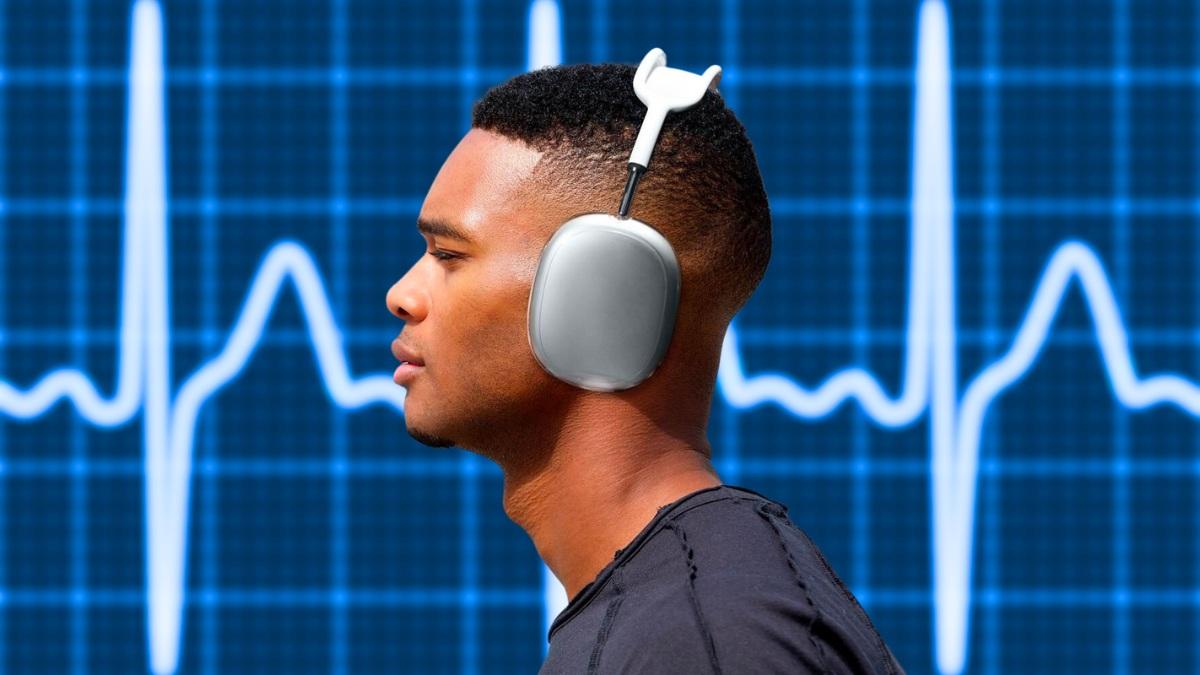The next AirPods Max could soon keep an ear on your heart health.
Apple just got two new patents showing advanced heart monitoring features built into future versions of the AirPods Max.
The two patents, 20240090785 and 20240090865, introduce a new method for identifying heart issues. These use advanced sensors and processors built into the headphones that track your heart activity and send alerts as needed.
What the Two Latest AirPods Max Patents Are All About
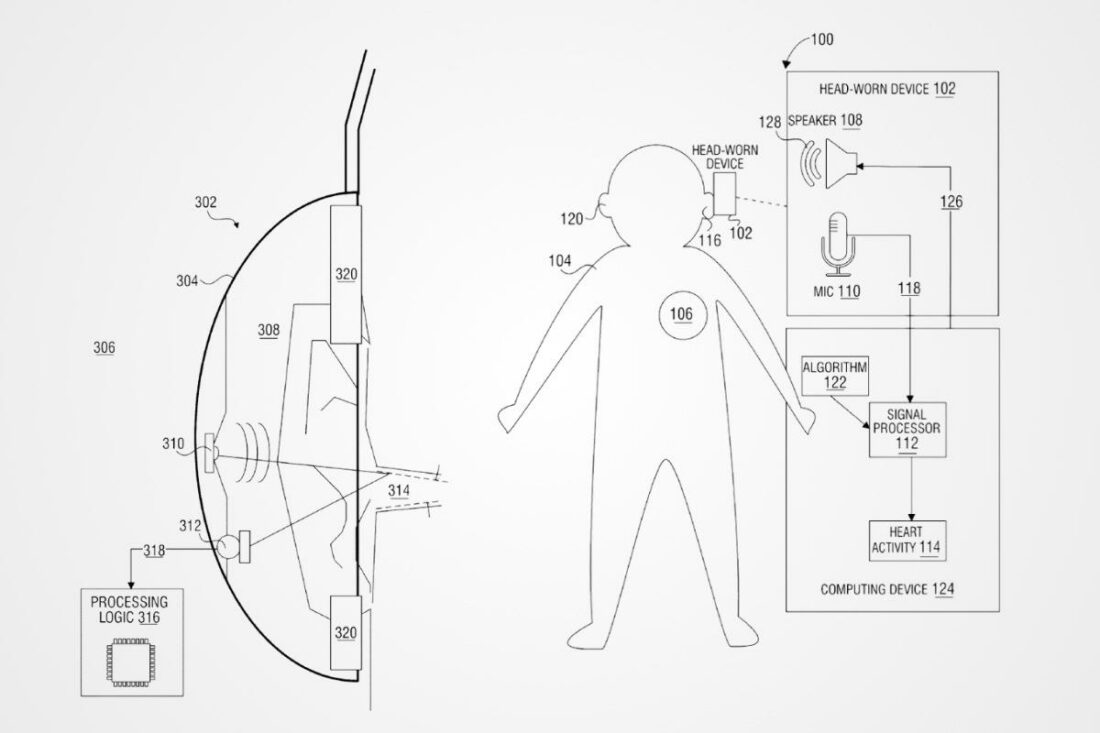
The two patents have similar goals but use different methods of heart monitoring.
The first patent is called “Systems and Methods for Detecting Heart Pathologies.”
It describes a system that uses the headphones’ built-in microphones to capture heart activity data. Then, advanced predictive algorithms and machine learning models analyze this data to look for potential heart abnormalities and diseases.
The system can also use data from other sensors like photoplethysmography (PPG) sensors, electrodes, or accelerometers. This extra data makes the heart health assessments more accurate.
The second patent is called “Heart Measurement Using Time-Varying Frequency Acoustic Techniques.” It explains a method for measuring heart activity using ultrasonic waves.
To do this, the headphones’ speakers would send out silent ultrasonic waves. These will bounce off different parts inside the ear. Then, built-in microphones will pick up these reflected waves.
By looking at changes in the phase of these waves, the system can precisely determine heart activity like heart rate.
To make sure this is accurate, advanced signal processing techniques separate the heart activity data from other noise and interference.
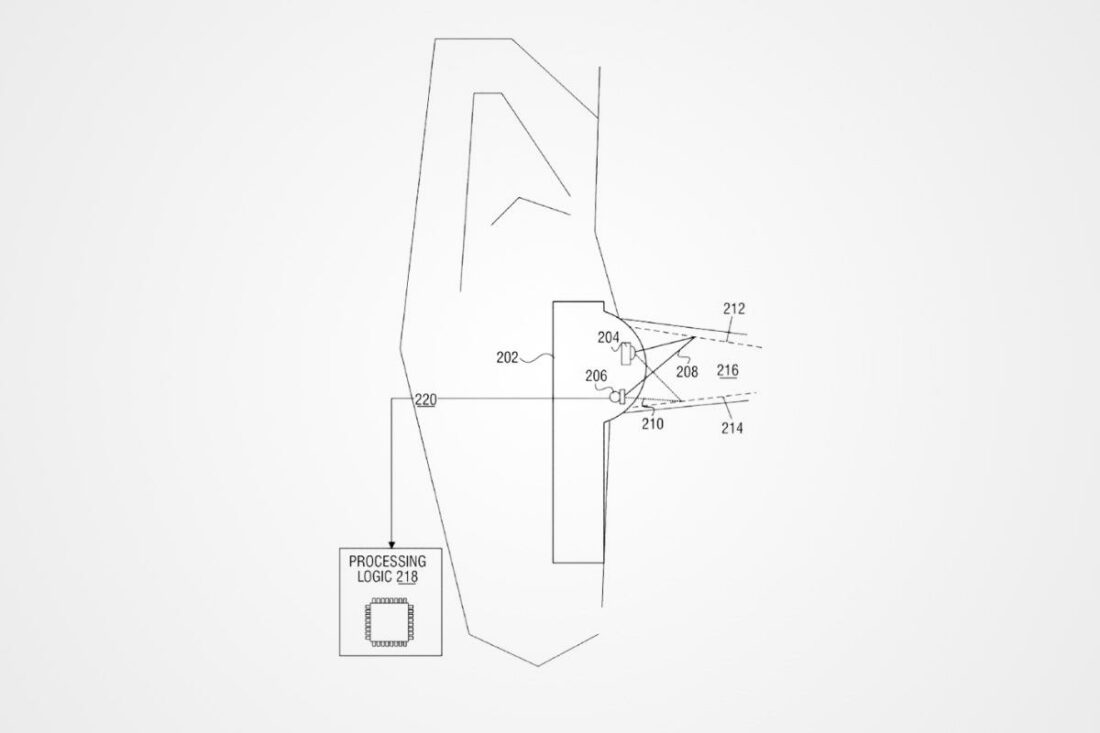
How Would This Technology Actually Work in the Real World?
Based on the patent descriptions, users would simply wear their AirPods Max headphones as they usually would.
The built-in mics and sensors would constantly check the user’s heart activity in the background. Then, smart algorithms would analyze the collected data in real time.
They’ll watch for any signs of irregular heartbeats, murmurs, or other hints of potential heart issues.
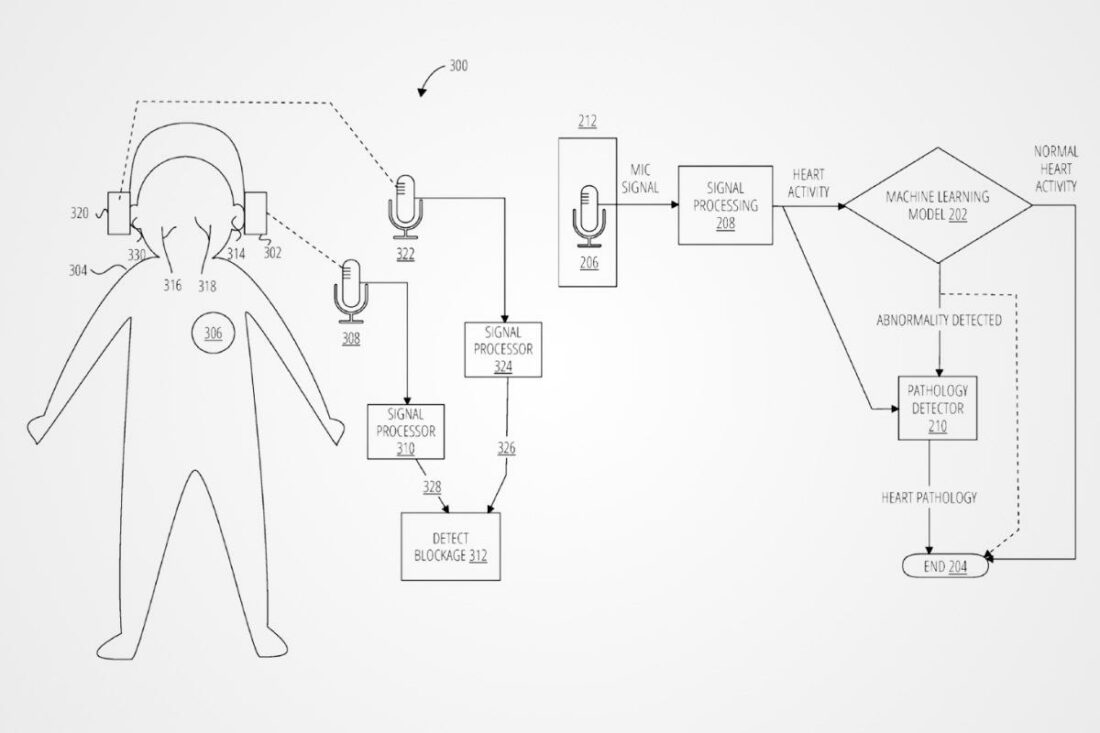
The system could also measure the user’s breathing activity to give more context for spotting possible heart problems.
If something abnormal is found, the system could warn the user. And, it could even share the data with their doctor for further analysis and diagnosis.
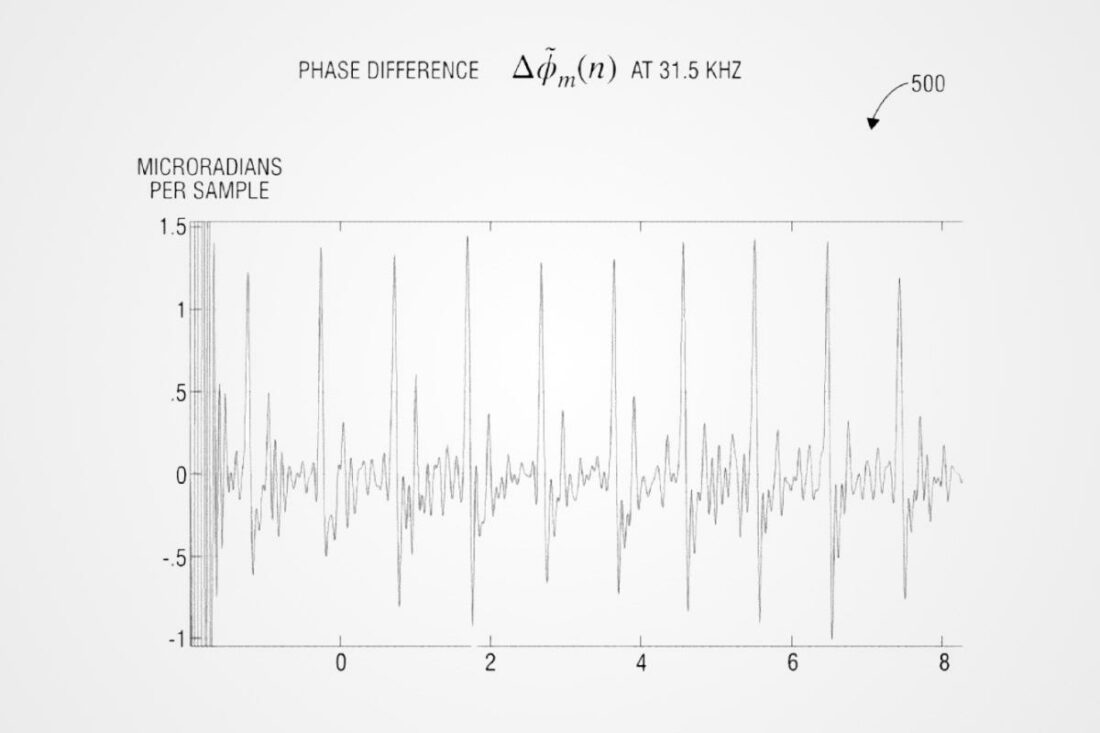
Next Steps for the Technology
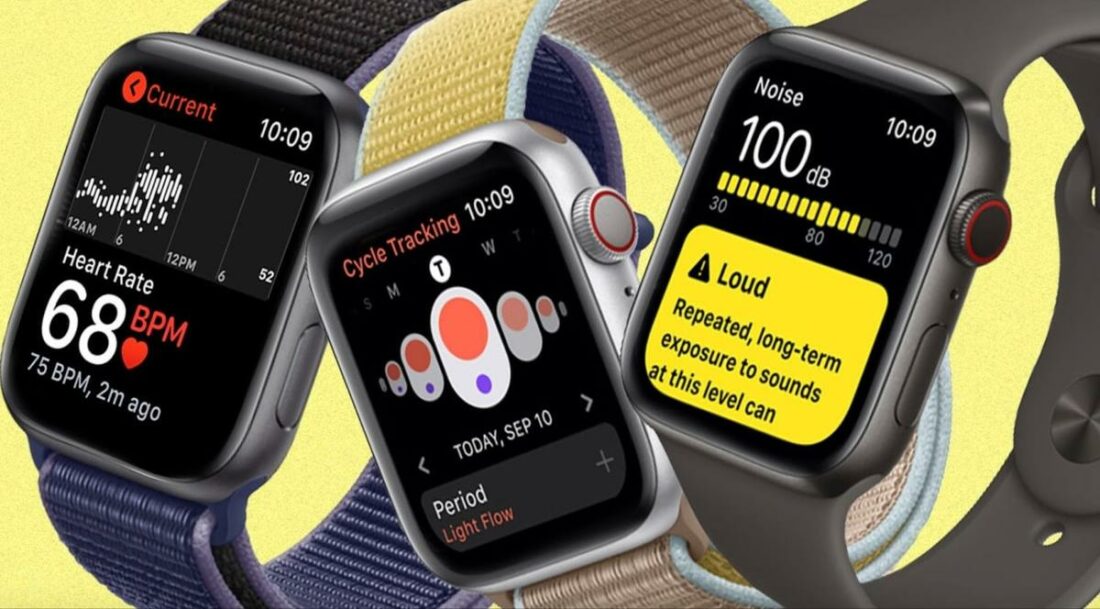
Looking to the future, these patents represent a big step forward for Apple’s health monitoring plans.
According to the patents, they aim to build advanced heart-tracking features into something that many people already wear every day. This could make it much simpler for people to keep an eye on their heart health.
Of course, the technology is still in the patent stage at this point. So it may be a while before heart-monitoring AirPods Max actually go on sale.
Apple will also need to carefully test and improve the features to make sure they are as accurate and dependable as possible. Plus, the company will need to get approval from the FDA and other health agencies before they can market the headphones as a health device.
Aside from these new patents, Apple is getting really into health monitoring based on their past updates.
For example, the Apple Watch has become a powerful tool for tracking fitness and detecting potential health issues. This is especially because of the introduction of the ECG app and irregular rhythm notification in the Apple Watch Series 4.
With this, users can take an electrocardiogram directly from their wrist. They can also receive alerts if the device detects signs of atrial fibrillation.
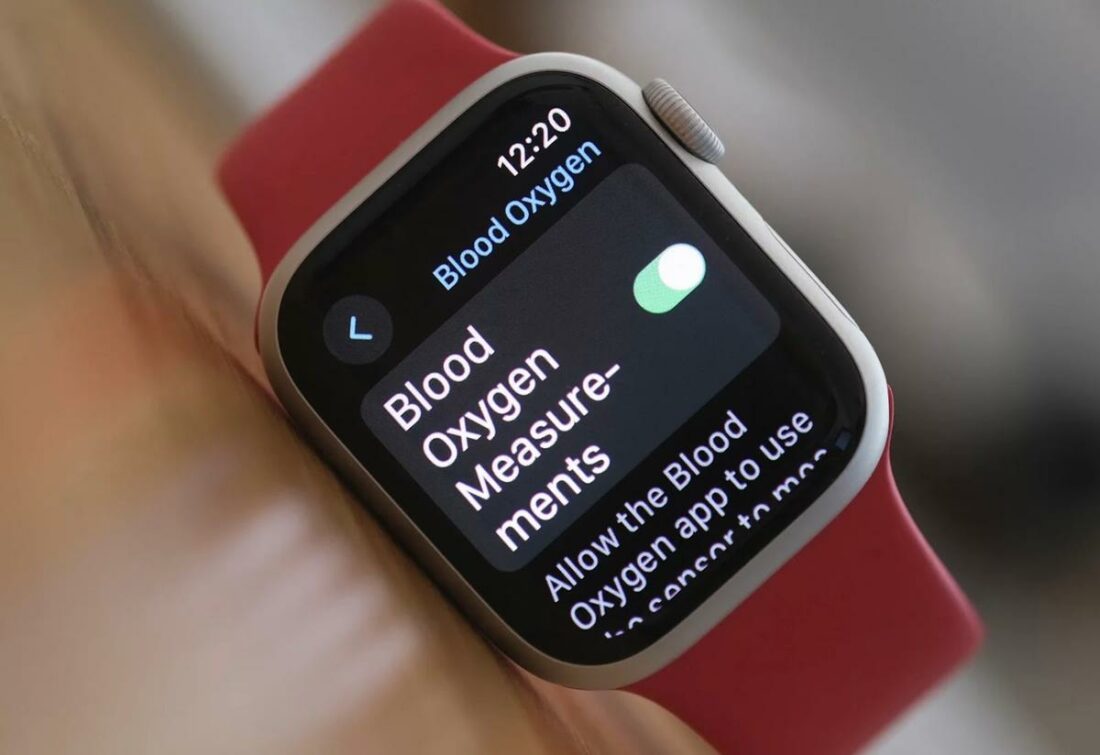
Later models of the Apple Watch also include blood oxygen monitoring, which can provide insights into the user’s respiratory health.
Apple also partnered with healthcare institutions and researchers on various studies and initiatives. This involves the Apple Heart Study and the Apple Hearing Study to explore how its devices can be used to detect and manage health conditions.
The Vision Pro is also expected to adopt some health monitoring features in the future.
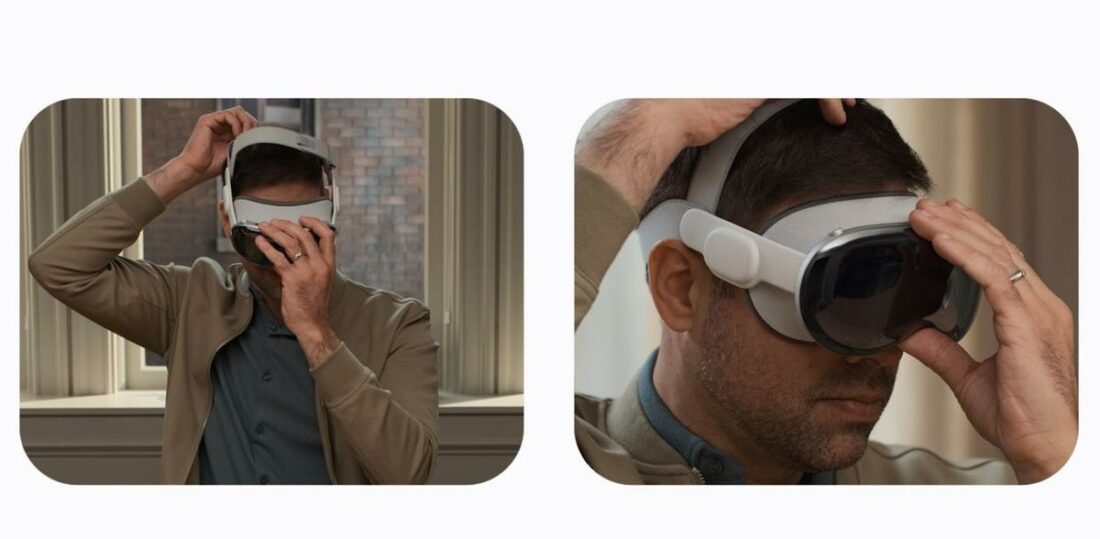
One patent application describes a facial interface with embedded pressure sensors in the Vision Pro. This can detect a wide range of biometric data, such as pulse, respiration, facial expressions, heart rate, and blood pressure in the Vision Pro.
The data could be used to provide personalized feedback. And, enhance the experience in different scenarios like fitness training and clinical settings.
Another patent focuses on the Vision Pro’s headband. This uses sensors to monitor brain activity using techniques like functional near-infrared spectroscopy (FNIR) and electroencephalography (EEG).
These sensors are strategically positioned to analyze specific areas of the brain. This includes areas related to language, learning, memory, comprehension, sleep, stress, pain, and attention.
